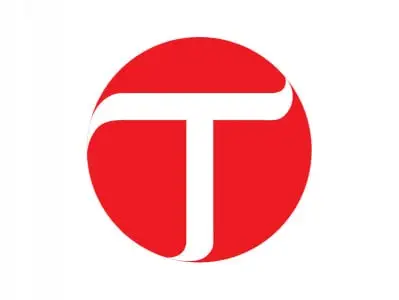Warid eager to launch 4G, looks for rollout after Eid
Company testing its LTE services while awaiting approval from PTA.

According to sources, the Pakistani subsidiary of Abu Dhabi Group is testing its LTE or fourth-generation (4G) services in Kot Lakhpat, an industrial estate of Lahore and the hub of Warid’s technical setup. The company has already bought sample handsets, dongles and USBs for 4G testing in certain locations and the orders have been placed to the existing vendors for 4G SIM cards.

Though still awaiting the government’s approval, the company is hoping to commercially launch its LTE services in Karachi, Lahore and Islamabad after Eidul Fitr. Warid is the only cellular service provider in the country that refrained from participating in April-23 spectrum auction – the company later announced its plans to launch its LTE services.
“Since the company has a technology-neutral licence, it only needs an official permit from Pakistan Telecommunication Authority (PTA), the telecom sector’s regulatory body, to launch an LTE service on its existing network,” said a Warid official. “Since the approval is pending with the PTA for quite some time now, the company – at the board level – has started lobbying with the Pakistani government to seek an early approval for the commercial launch of its 4G services,” he said.
For this purpose, the Lahore-based cellular service provider had been in talks with the PTA for launching its next-generation mobile broadband service on its existing network. However, it has been unable to get a nod from the PTA because of concerns raised by a Cellular Mobile Operator.
“The company would have to comply with the PTA’s requirement for technology roll-out, network quality and legal intercept compliance to name a few,” a top government official told the correspondent.
Critics have also raised a point that by launching LTE service on its existing infrastructure, the company could compromise the quality of voice or its GSM network. Mainly an urban-centric cellular service provider, Warid has a low subscriber base. About 50% of the company’s network remains unutilised, giving it the capacity to hold additional traffic on the same network. Moreover, the company already has 8 megahertz (MHz) bandwidth in 1,800 MHz spectrum – the same frequency, which the PTA has chosen for the roll-out of 4G technology.
“Of the existing 8MHz, if we can use only 5MHz for 4G services and the remainder for our GSM customers, the quality of voice service won’t be affected,” said the official. “The corporate clients, GSM or voice customers, are the bread and butter of our business — we can’t compromise this segment for a limited number of high-end 4G users. There are only 2% to 3% handsets that are compatible with LTE service, which is a very small number.”
[infogram url="" height="750"]
Published in The Express Tribune, June 25th, 2014.
Like Business on Facebook, follow @TribuneBiz on Twitter to stay informed and join in the conversation.


















COMMENTS
Comments are moderated and generally will be posted if they are on-topic and not abusive.
For more information, please see our Comments FAQ